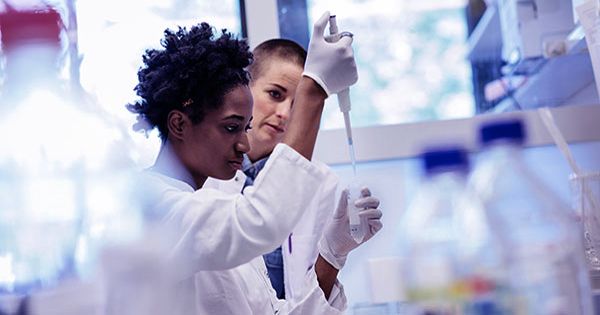Artificial metabolism is particularly interesting. A team of Cornell University engineers has created a new type of biomaterial using artificial DNA as its base. As a result of their approach the material gives metabolic and many lifelike features such as self-assembly and self-organization. The material was programmed to move and it was driven by its metabolism. As science robotics has reported, the material can grow and decay autonomously. It was created using DASH (DNA-based assembly and hierarchical synthesis) materials.
“We are not creating things that are alive, but we are creating materials that have never been seen before.” Senior author Dan Luo, professor of biological and environmental engineering, said in a statement, “We’re introducing a brand new, lifetime material concept driven by its own artificial metabolism.”
The material began its life as a nanoscale building block to solve the reaction. It then wraps itself in a polymer strand which then forms a size of only a few millimeters in length. The material is equipped with DNA instructions that allow it to metabolize and allow it to regenerate autonomously. The reaction solution is then injected with a microfluidic device, which provides fluid flow strength and proper building blocks for biomass (production of complex molecules in living things).
Researchers see the substance increasing in the face of energy flow and in the face of decay, at that point. This growth and erosion remind us of how slime molds move in a way that allows the material to move against this flow. The team was then able to compete against each other in a single set of different sets of substances. The winners and losers were decided by the randomness of the system rather than the internal benefits of a certain size.
“Even with a simple design, we have been able to create sophisticated race-like behavior. Artificial metabolism can open new frontiers in robotics.” Lead author Shogo Hamada, a lecturer and research associate at Colonel Luo Lab explained, “Designs are still primitive, but they have shown a new way to build dynamic machines from biomolecules. We are in the first stage of creating a lifelong robot by artificial metabolism.”
The team is now interested in creating a component that can respond to light-like stimuli and detect danger. The use of detect synthetic DNA means that the component will self-evolve, creating a better and better version of itself. It can make nanomaterials, produce proteins, and serve as the basis of biocomputers.















